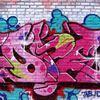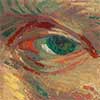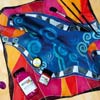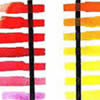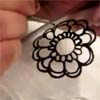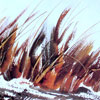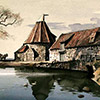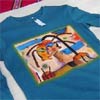Pictorial styles and brush strokes are totally related. Therefore, to think about the types of brushstrokes that we can create in painting, we also have to think about the types of visual style where the use of the brush stands out.
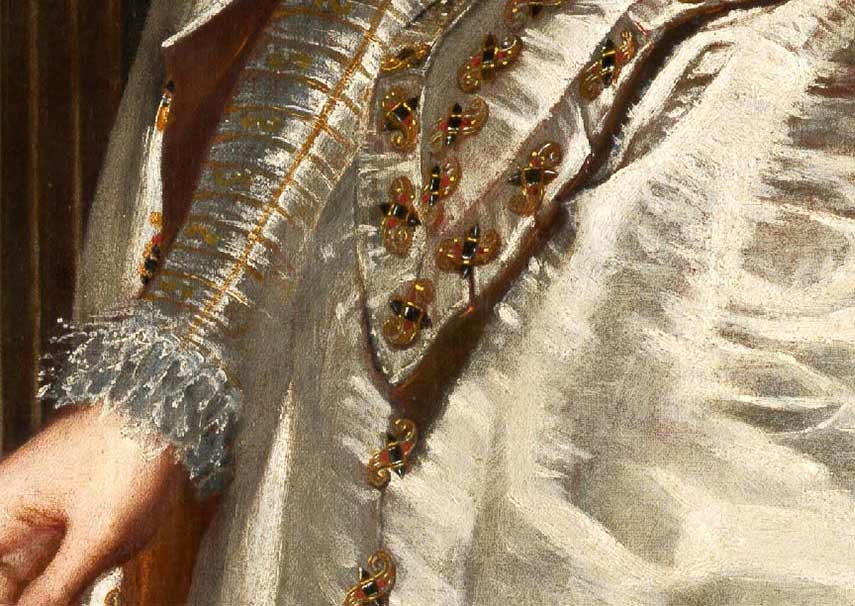
Many artists have created a new style just by changing their brush strokes, inventing a new way of applying paint. This is the case of the first avant-gardes: impressionism, expressionism, pointillism and abstraction.
In this topic I am interested in the use of the brush, not as a tool to fill the shapes that we have defined into the painting. Neither the linear use of the brush, generating a drawing, nor the use of spatulas, scratching the paint, filling with other techniques or splashing paint. What I want is to think about the brushstroke and the gesture that it generates in the painting, creating a shape directly on the composition.
Brush strokes to create the form and the pictorial style
1 – Freehand brush strokes.
Some of the techniques most closely related to the form of the brushstroke are the ancient oriental style, Ukiyo-e and the Tsukinami-e landscaping. For example, the leaves and flowers are created on paper with the exactly touches of paint, where the gesture and movement of the hand generates the shape.
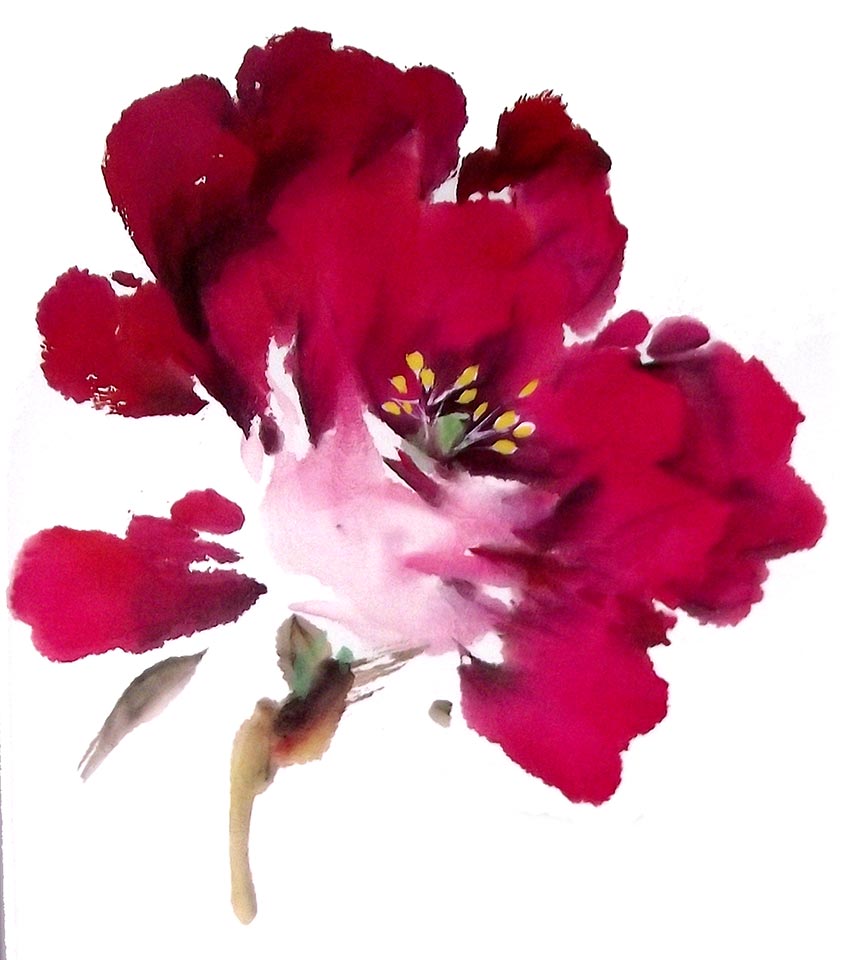
Red Chrysanthemum by Li Zhongyao. Watercolor on paper.
2 – Brushstroke with volume or transparency. Brushstrokes of romanticism.
Delacroix, Rubens and Goya are three masters of well-crafted brushwork. In the baroque, rococo, romanticism and classicism styles, it was developed a brushstroke work that controls the volume of paint, its thickness and with transparency. The romantic brushstrokes stand out, which is distinguished by being dense, with an intense color. Brushstrokes that build delicately but very successful. They tend to highlight more when these brush strokes contain light colors and the background of the composition has dark tones.
In this example by Rubens, the shapes of the dress are created with brushstrokes which draw the shapes, superimposed on other layers of color.
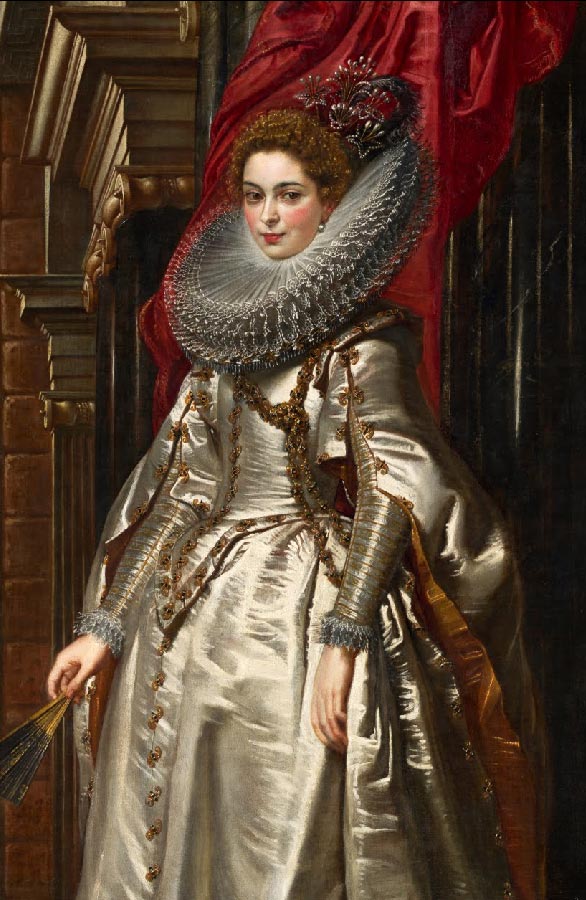
Countess Brigida Spinola Doria, by Peter Paul Rubens, 1606. National Gallery of Art, Washington DC.
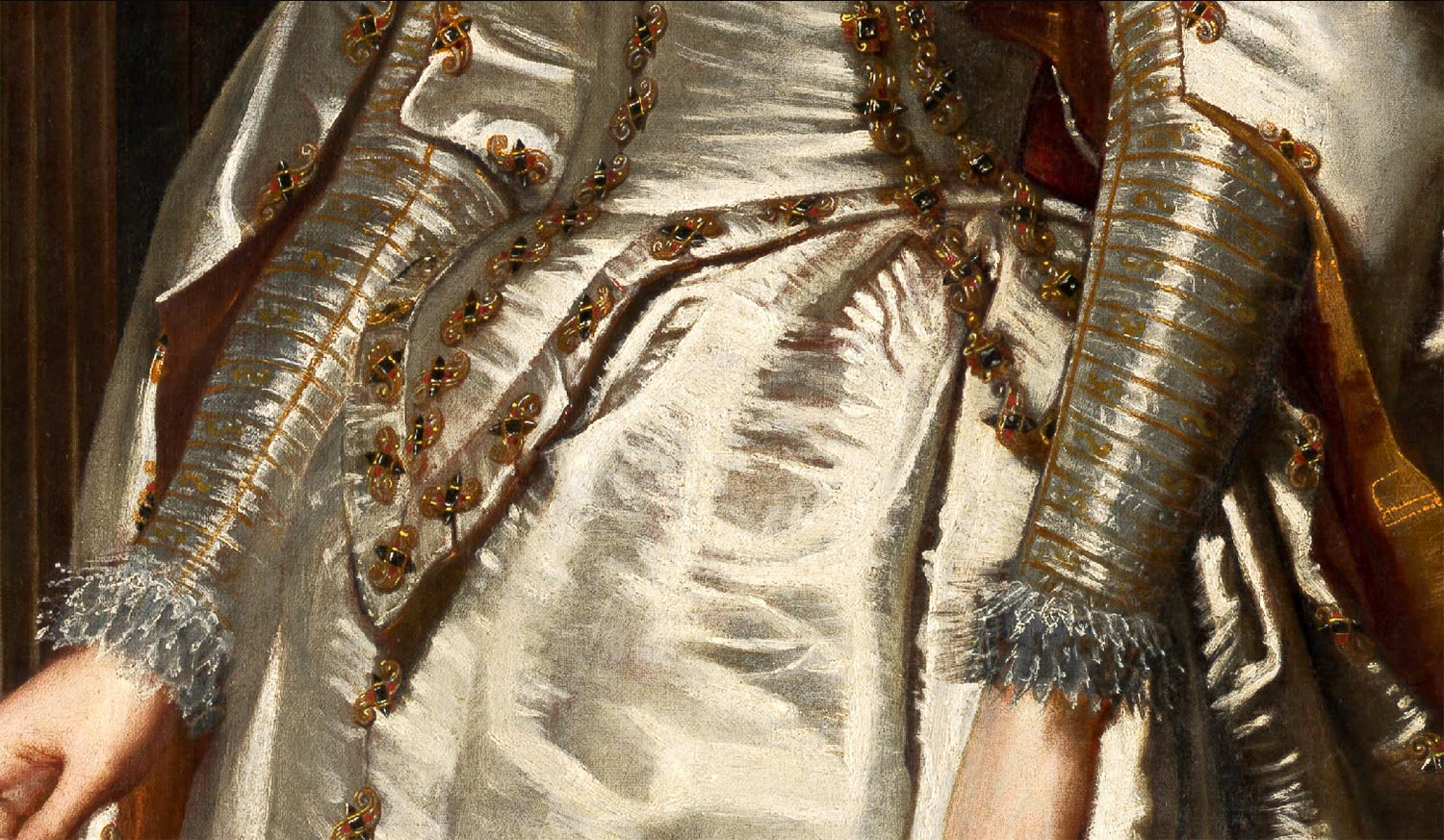
Detail of Rubens painting.
3 – Impressionists – Brushstrokes of light.
Two examples, Monet and Sorolla, two great intelligences of the brushstroke, although quite different in their brushstrokes. Both looking for the beauty of the light. They are thoughtful, soft, subtle, precise, free and very varied brushstrokes. They balance the whole but make the light have the necessary power. Next to the shadows, complementary colors were used.
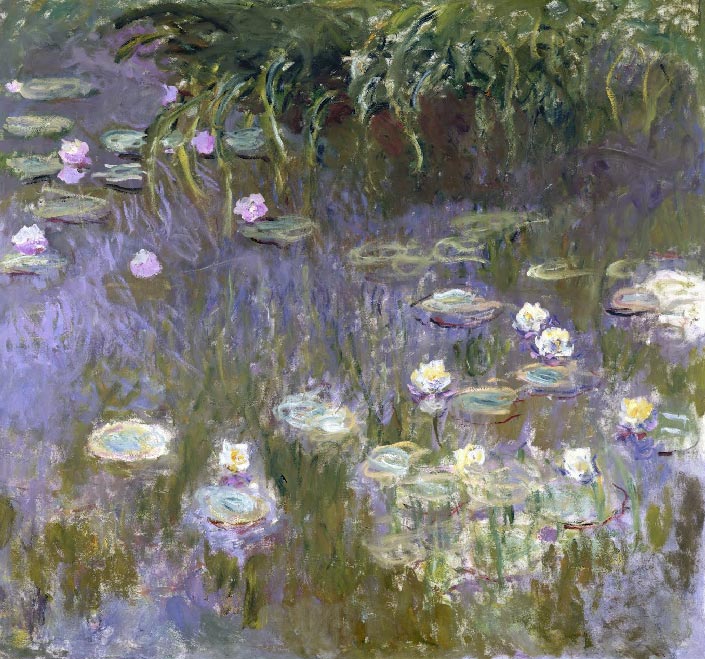
Monet, Water lilies or Lily pads. 1922. Toledo art museum.
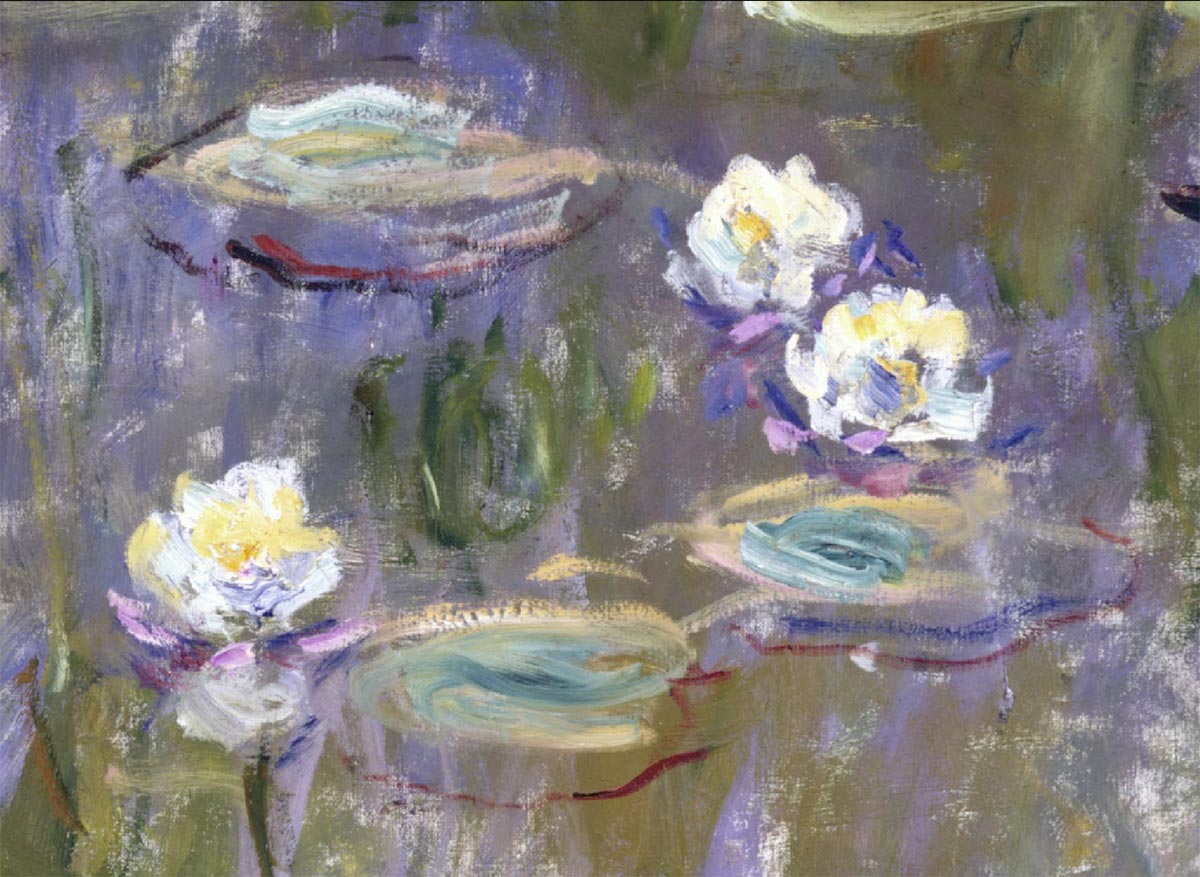
Detail of Monet’s painting. Loose brushstrokes, with many directions, degraded and transparent. Monet created the background with certain base tones but added many layers of paint, like a great set of brush strokes.
He let it dry and he added more brushstrokes. In his later works, Monet’s brushstrokes were more gestural and free, with longer and more independent strokes.
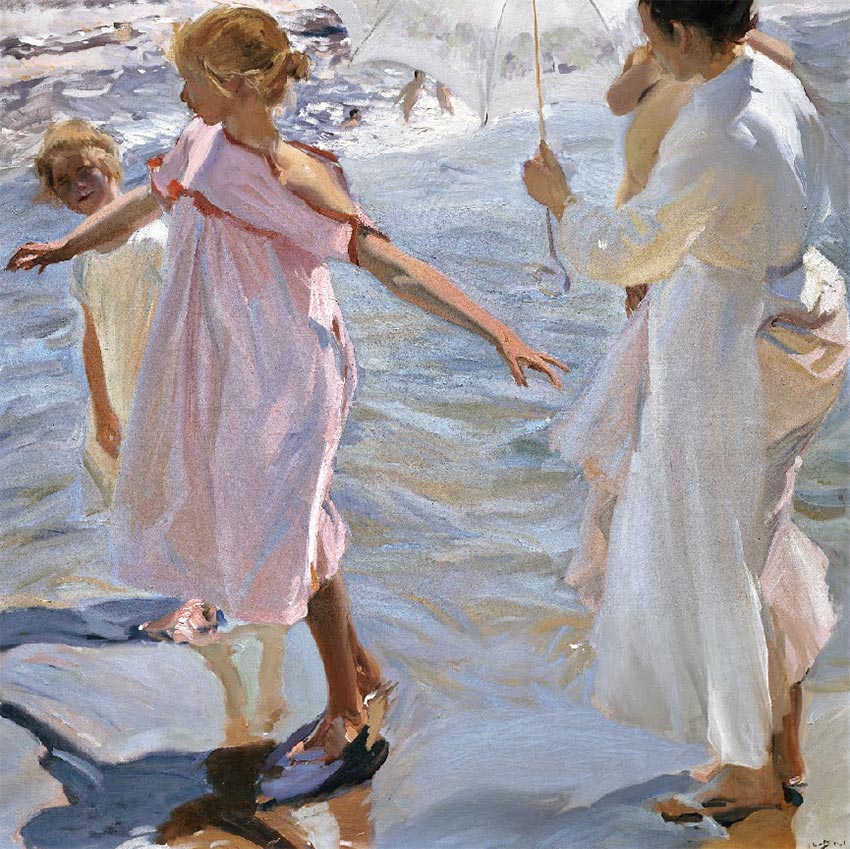
Sorolla painted this work entitled “Bath time” on the beaches of Valencia.
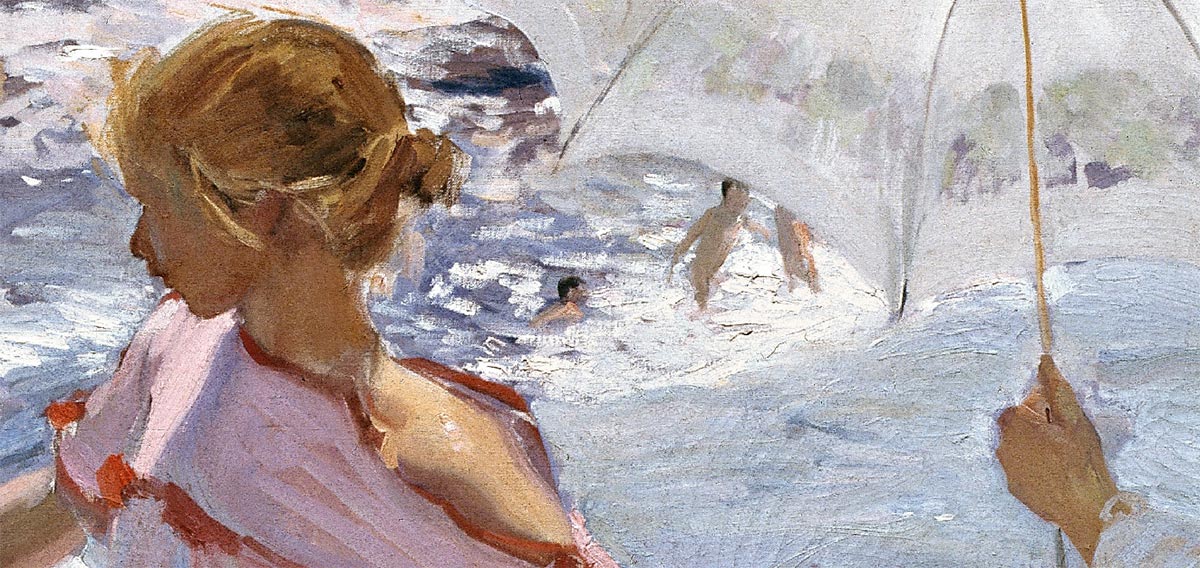
Detail of the soft and loose brushstrokes created by Sorolla. More pasta in pure white. Transparency in the violets of the umbrella. Variety of brush sizes, with more use of the medium size.
4 – Pointillism. The uniform brushstrokes
Pointillism played with pure colors and as a visual experiment, they decided to create a type of brushstroke that was neutral in terms of shape, that is, uniform. They always used a dot as a brushstroke. Therefore, there is no gesture. It is the opposite of the rest of brush strokes, which always contain directions and fillings. These brush strokes are all the same, thus balancing the composition, due to the relationship between them that generate the equal points.
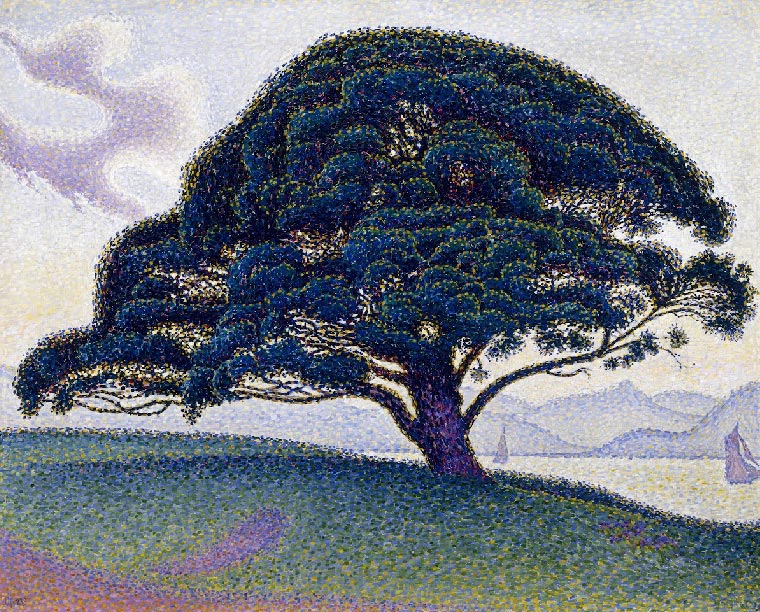
The pine of Buenaventura by Paul Signac | The Museum of Fine Arts, Houston.
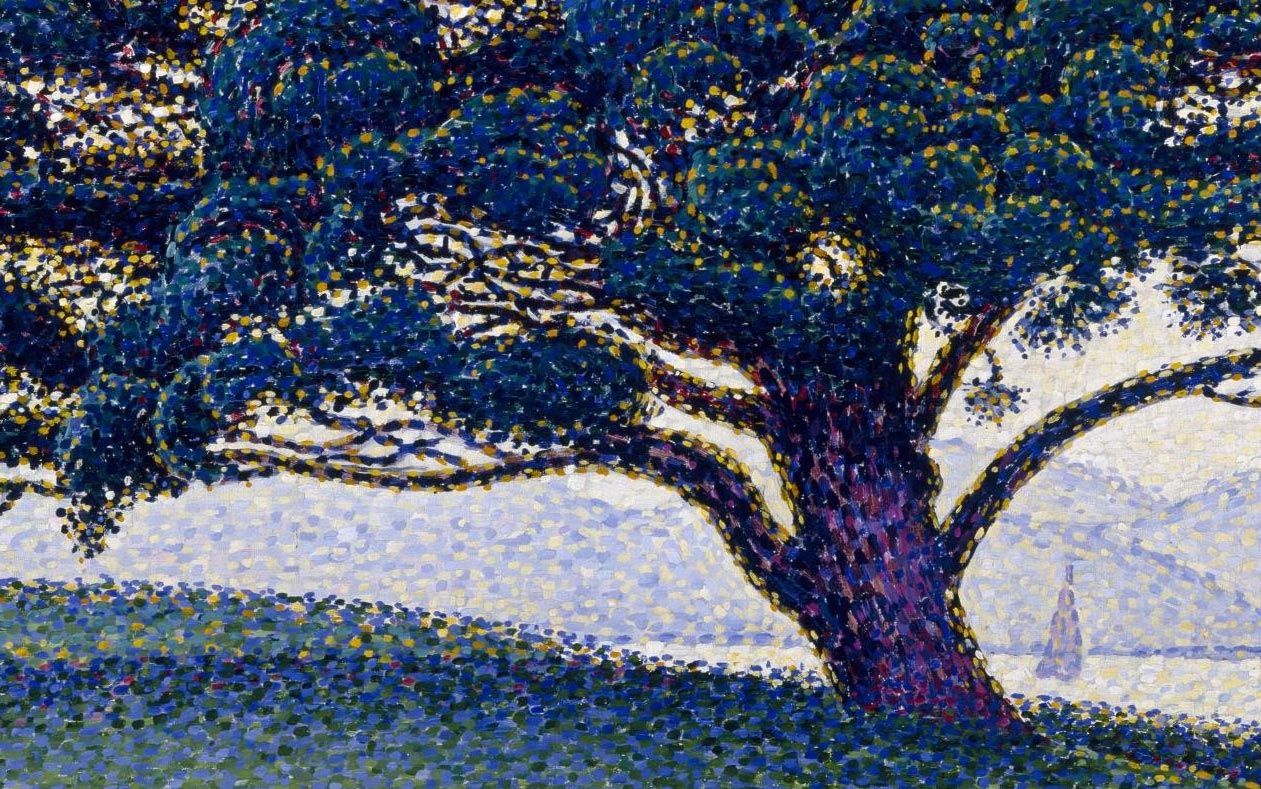
Detail of the painting, The Pine of Buenaventura by Paul Signac. The small dots compose the shapes. The optical effect can be seen from a distance, but when viewed from close up, the general vibration of the brushstrokes is lost.
5 – Expressionism. The total freedom of the gesture brush
In addition to Van Gogh, the expressionist painters and many contemporary painters generate the forms with large fillings applied with the more or less large brushes. Paste and gesture or direction when applying the brushstroke.
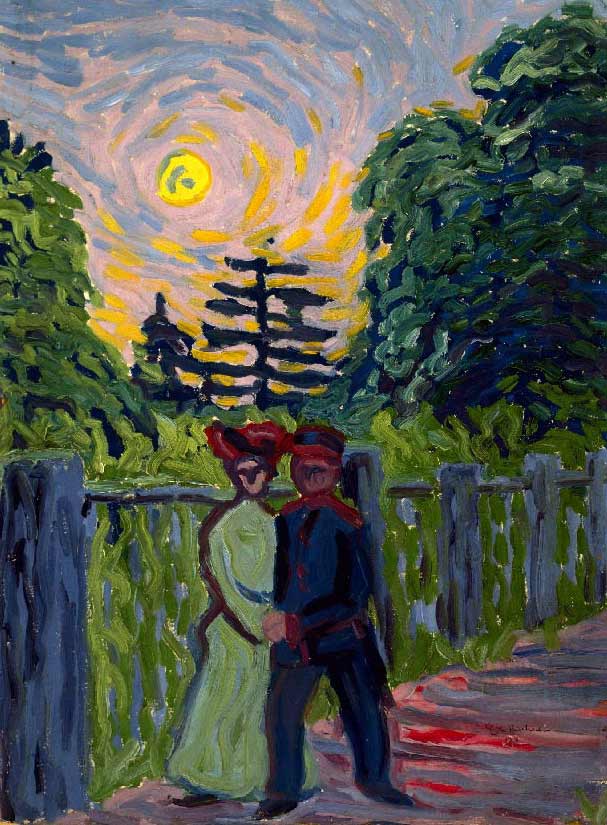
Moonrise, soldier and maiden , 1905. Ernst Ludwig Kirchner. The Museum of Fine Arts, Houston
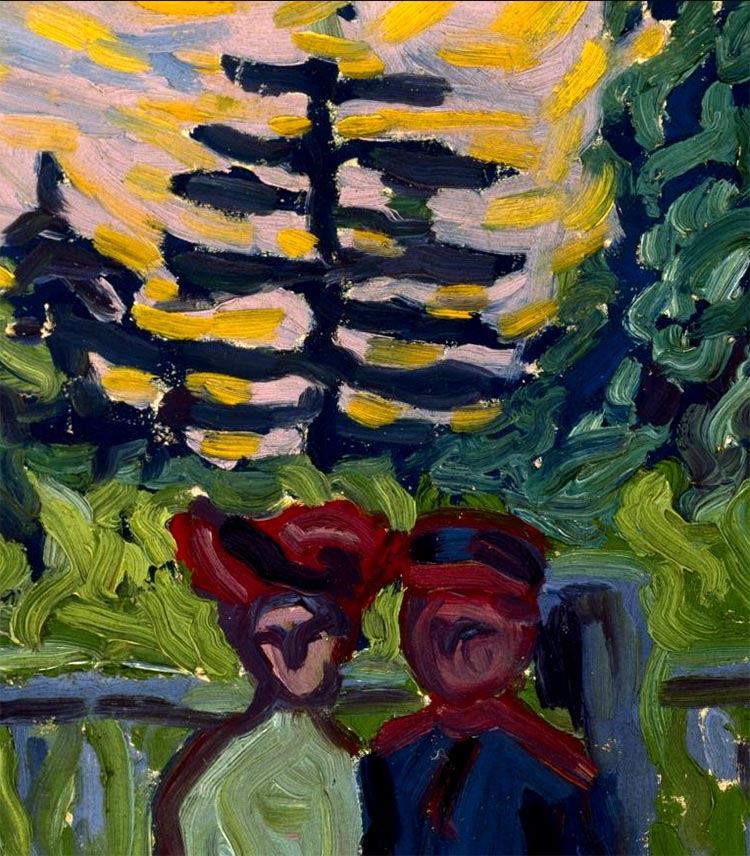
Detail of Kirchner’s painting. Thick green shapes that simulate the vegetation behind the characters. Touches of yellow to create sunset light that stand out for their density.
6 – Creative brush strokes. New ways to create brush strokes
The large brushstrokes of the French painter Fabienne Verdier are another way of creating a pictorial gesture.
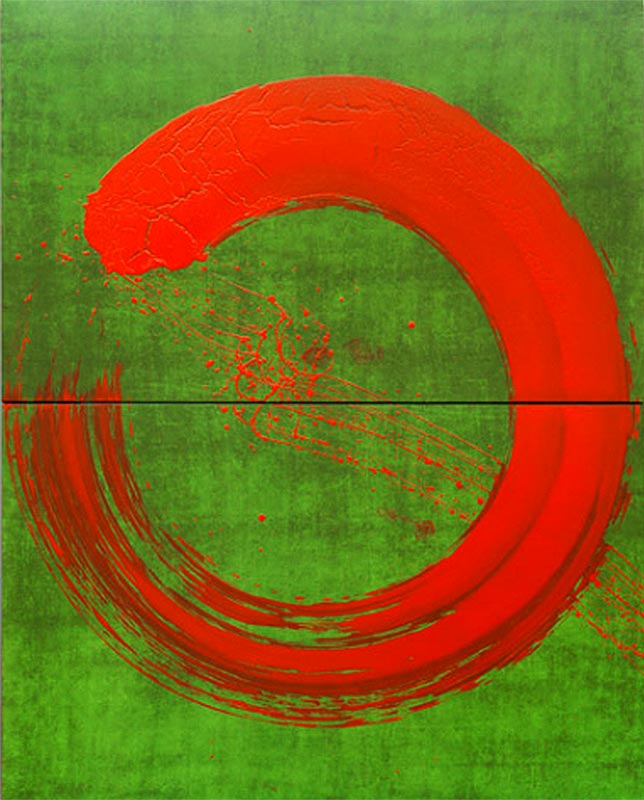
Painting by Fabienne Verdier. The subject of the painting is a giant brushstroke created with a huge paintbrush that supported a crane.
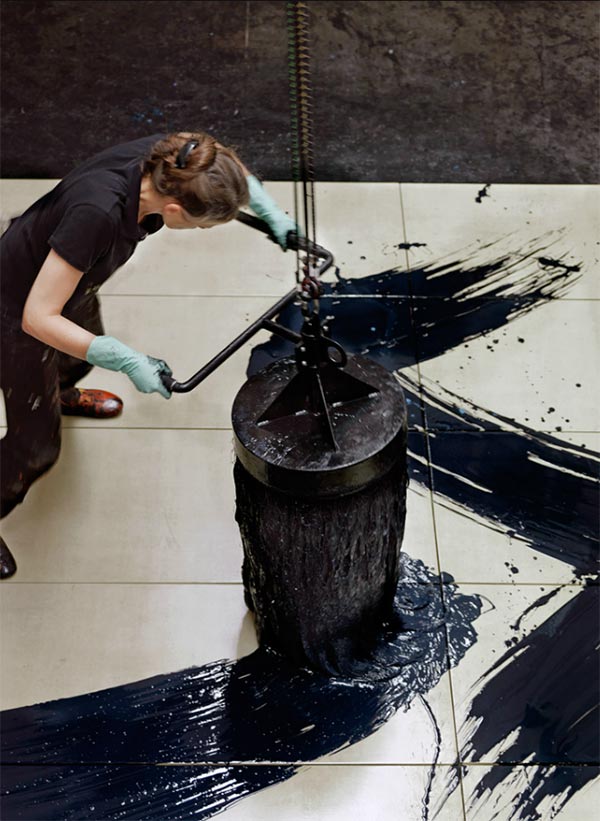
Fabienne Verdier painting the big brushstroke.
Born in 1962, her works are famous because they are usually a few but gigantic brush strokes, with a great contrast between the shape generated by the large brush and the background. The brush must be held with a crane so that she can move it, as can be seen in the photo.
Fabienne Verdier Website: http://www.fabienneverdier.com
The art of brushstroke in oil
Especially in the oil painting technique, the brushstroke can have a lot of personality. The density of the oil, its transparency or opacity depending on the color, and the shape of the brush selected to create that brushstroke, come together with another aspect that requires a lot of work to learn how to create good brushstrokes. It is about the gesture and movement of the hand when applying our brushstroke on a small or larger part of the canvas. Many times this gestural exercise tires the painter. That is why our painting can end with neutral brushstrokes. You have to put energy so that the brushstroke continues creating the forms of the image based on gestures and directions that we direct on the canvas.
Create smarter brush strokes
To learn how to create gestural brushstrokes, you have to take more into account certain factors that we sometimes overlook:
- The color stain. How we want the stain to be.
- The three-dimensionality. Highlighted by filling and by applied color contrasts.
- The visual direction and the line created with the brush strokes.
- The visual relationship between the applied brushstrokes, either by colors, gestures or sizes.
- The amount of pictorial paste. It can be as smooth as a glaze or it can be an opaque stain.
- Brush size.
- Brush shape.
- Type of brush, from hard bristles to the softest sable brushes. Paint absorption capacity to allow a greater pictorial gesture.
- Force applied to the brushstroke.
- Possible positions to apply the brushstroke.
In the end, like everything else in painting techniques, it is best to practice and see, with our own eyes, how our gesture is capable of creating shapes directly. It is our character and our energy that create our way of painting, our brushstrokes and our personal style. But to control the technique we must master the brush and our gestures.

